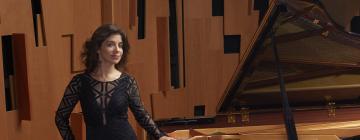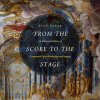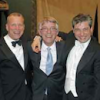
Following the quarantined and then streaming-only days of the COVID-19 pandemic, San Francisco Opera is now starting a “hybrid era” of offering live performances and concurrent livestreaming of performances.
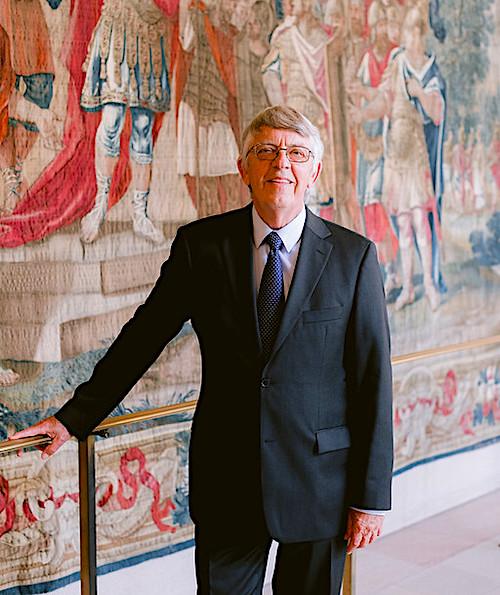
Virtual tickets for SF Opera’s livestreams of its new production of Beethoven’s Fidelio and Mozart’s Così fan tutte are priced at $25, available online. The streams can be seen only live, there is no on-demand viewing, for the Oct. 14, 17, 20 Fidelio performances, and the Nov. 21, 23, 27 Così. For attending performances in the War Memorial, single (nonsubscription) tickets range from $26 to $398, available by calling (415) 864-3330 or online.
Director Matthew Ozawa’s new production updates Fidelio’s setting from an 18th-century prison to a modern government detainment center. Eun Sun Kim will lead performances on new sets and with projections by designer Alexander V. Nichols. And it will be the last time Chorus Director Ian Robertson leads the Opera Chorus after a career of 35 years.
Così is conducted by Henrik Nánási, the cast consists of Nicole Cabell, Irene Roberts, Benjamin Bliss, John Brancy, Ferruccio Furlanetto, and Nicole Heaston.
New as SF Opera’s livestreaming may be, precedents go back many decades, first to the hallowed days of Metropolitan Opera’s radio broadcasts — creating a legion of opera newbies — with Milton Cross (1931–1975) and Peter Allen (1975 – 2004) as hosts.
Locally, there is also something going back to 1932: the live broadcast from the brand-new War Memorial to the capacity-occupied Civic Auditorium of Lucia di Lammermoor with Lily Pons during SF Opera’s inaugural season there.
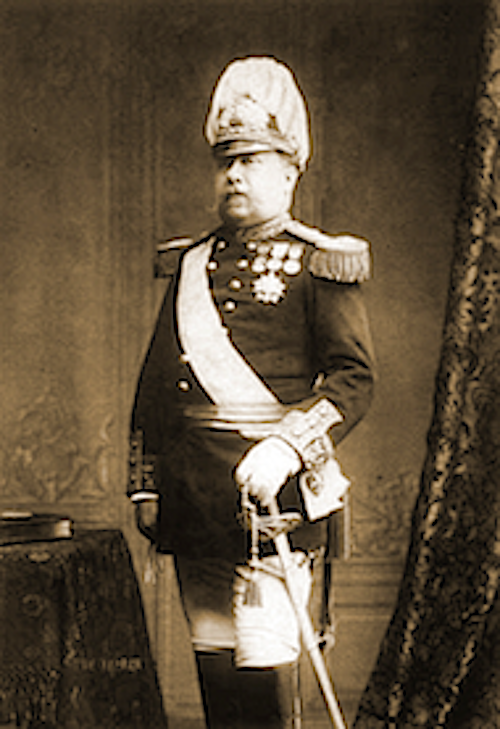
(And even long before then, there was Lisbon’s Edison subscription service, beginning in 1885, with Boito’s Mefistofele on “théatrophone.”)
For video precedent, the Met again was at the forefront, with its large-scale transmission of live performances into movie theaters around the world, gaining audiences and boosting income. In just one season, live HD casts brought in over $17 million, which was roughly 12 percent of the Met’s total revenue.
Locally, former SF Opera General Director David Gockley’s creation of the Koret-Taube Media Suite and initiation of live transmission of performances into AT&T Park with free admission helped to expand attendance in the War Memorial. Before the pandemic, the 2019 SF Opera livestream to the ballpark made use of the new $10 million Mitsubishi scoreboard, stretching out to 10,700 square feet. (If you remember how strange love-scene closeups looked on ever-larger movie screens, this will give you the ultimate view.)
During prepandemic days of major cutbacks, the Koret-Taube Media Suite was in jeopardy of being dismantled, but apparently it’s still in use to support streaming.
Could opera replicate the enormous growth of professional sports spurred on by the availability of viewing on television? In opera, streaming to theaters was a tremendous success, but perhaps not building a new audience. When I went to a screening, I usually saw people I knew from the War Memorial.
At the uncertain beginning for sports, there were fears of “why pay at the ballpark when you can watch it free at home?” But even in the beginning, in 1950, when the Los Angeles Rams and the Washington Redskins became the first NFL teams to have all of their games televised, the push began and soon football overtook the previously more popular and lucrative baseball (and pro wrestling).
When SFCV asked SF Opera for comment on the financial and audience-building aspects of livestreaming, General Director Matthew Shilvock provided a statement not directly answering the question:
“There is such a joyfulness and vibrancy about the return of the arts. We want to welcome as many people into this experience as possible and are so excited to be livestreaming operas from our stage out across the globe.
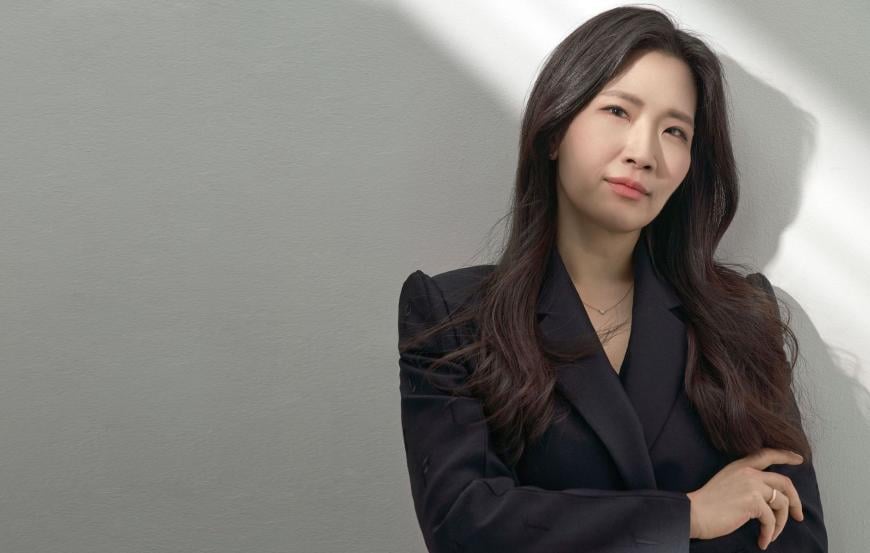
“San Francisco Opera is beginning a thrilling new chapter under the musical leadership of Eun Sun Kim, with a season of productions all built right here in the Bay Area. Anyone in the world can now tune in to watch our artistry live from the War Memorial stage and feel all of the visceral energy you get knowing it’s happening real time, right in the heart of San Francisco. This is a time of new possibilities, and we’re so happy to be expanding the community of San Francisco Opera lovers in this way.”
Journalist and avid sports fan Harvey Steinman addressed the issue in detail:
Live sports on TV was commonplace when I was a youngster. I remember watching home games of baseball live on TV in the early 1960s (in black and white, and only the games in San Francisco and Los Angeles). It did not seem to affect attendance dramatically.
However, the NFL was less generous. Games could only be broadcast locally if tickets had sold out, and that persisted for decades. I remember driving to San Diego from my home in Los Angeles to watch the first Super Bowl on TV because it had not sold out.
Eventually two things became clear. There was a synergy to exploit between exposure and getting people to buy season tickets and seats for the games. And broadcasters paid big money for the rights to show the games, which turned out to be a better deal for the NFL and the individual teams, as they had a guaranteed source of revenue.
Opera companies streaming their own performances won’t have a guaranteed source of income, but it is an extra source of income at a time when some of their audience is still reluctant to sit in an opera house with hundreds of others. And it does increase exposure and can create more fans.”
